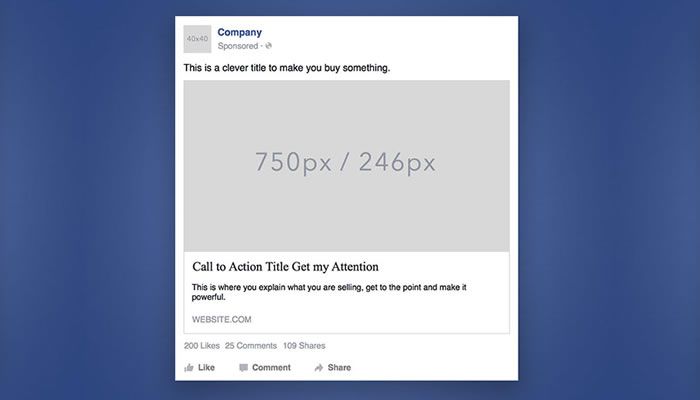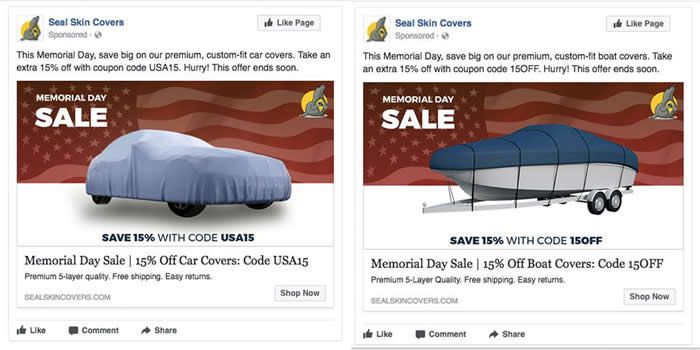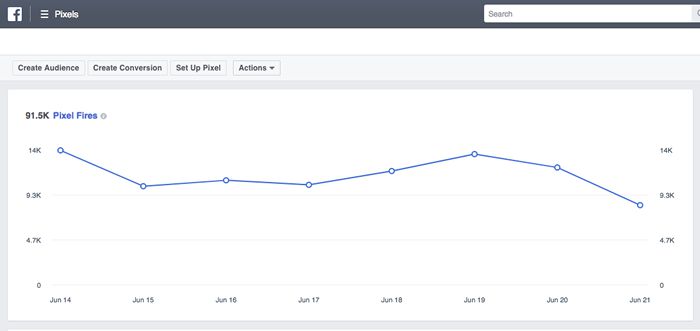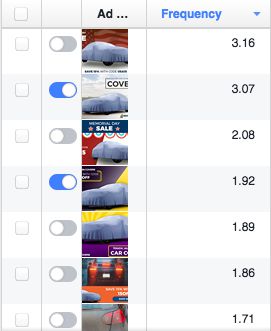If you’ve spent any time on a marketing or design blog lately (other than this one), you’ve probably noticed a lot of buzz around Facebook advertising. Something like, “10 Ways Facebook Can Get Your Products to Fly Off the Shelf,” and other grand promises. Unfortunately, a lot of these posts lack any real value. Most of us have tried some of their “hacks” only to be wildly disappointed.
But, today, we’re going to change the game. In this post, we’ll go over some tips as well as some real, actionable practices that will help you boost engagement with your Facebook ads and (better still) get more conversions! You’re probably thinking, Yeah, yeah, yeah. We’ve heard that before. Ok, you have every right to be skeptical. Just hear me out-I think you’ll be pleasantly surprised.
1. Before You Go Any Further, Evaluate Your Offer
Before you go and spend hours and hours designing the perfect ad, you need to take a moment and consider the value of what you’re actually offering to consumers.
Even if you have a highly appealing ad that grabs attention, it won’t make any difference if your offer doesn’t interest the viewer. This doesn’t necessarily mean that you have to go around offer 50 percent off your merchandise (which wouldn’t be a very effective long-term plan, even if your products were flying off the shelves). Before deciding on your offer, it’s important to consider where the audience is in your marketing funnel.
One tremendous problem that a lot of marketers run into with Facebook advertising is that they don’t use the appropriate offer for their audience. For example, if you’re advertising to new consumers who have never heard of your products or services before, it’s probably not the best idea to try to sell to them right off the bat.

Designed by EricWillis.me.
Because these are cold leads, you need to warm them up first. So, for new leads, try offering them something that will educate them on your brand and get them interested in who you are and what you do. Free content is usually the best way to do this. For example, you could offer them a free ebook or informational video in exchange for their email. Once you’ve engaged with them and gathered their contact information, you can start nurturing them for conversions.
On the other hand, audiences that have already shown an interest in your products or services also need a tailored advertisement. Instead of just showing a generic ad or offer, segment your retargeting audiences based on the specific URLs they visited. For example, if you sell WordPress Themes and icon sets, you’d want to separate your retargeting audiences into people who want themes and people who want icon sets.
Remember, these people have interacted with your products without converting. So, try offering them a discount or other promotion to help push them toward conversion.

2. Monitor the Right Metrics Before Making Changes
There are a lot of different metrics to look at when you’re using Facebook advertising. However, many of these are just “vanity metrics,” meaning they don’t really tell you much about how your ad is working with your audience and whether or not it’s effective. For example, just because your ad is getting a ton of clicks, that doesn’t mean it’s time to pop open the champagne.
Instead, you should be tracking how many of those clicks result in conversions. So, instead of obsessing over CTR and impressions (reach), start paying closer attention to the number of conversions and your cost per conversion.
To do this, you’ll have to install a Facebook Pixel on your website. This allows the social platform to track user activity on your site and count the number of events. There are several events that you can choose from when setting up a campaign, such as add to cart, initiate checkout, and more. In this case, you’ll want to setup your conversion event as a “purchase.”

Once your ads have had some time to run, take a look at the ones that have garnered the most conversions. You should be able to notice certain trends for what’s working and what’s not. When creating new ads, use your successful ones as a starting point-you should still aim for improvement, so feel free to keep making changes.
3. Sometimes, Great Ads Don’t Last Forever
Great ads don’t happen overnight. Even once you’ve had a couple of successful ads, you may not be able to reproduce them quite as easily as you might think. The really tough part is when an ad that’s been doing really well will suddenly start to choke. What’s with that? You didn’t make any changes, so what’s changed?
There’s another metric on Facebook’s Ad Manager that you should pay attention to: frequency score. This metric tells you the average amount of times that an individual sees your ads. So, the higher this number is, the more likely that people are going to grow tired of your ads (also known as ad fatigue).
To avoid ad fatigue, you’ll need to make sure that you have a good rotation of ads. You don’t want to allow the same one to run for too long-even if it’s doing well. Generally, you’ll want to keep this number under four. And, if you notice an ad’s performance start to dwindle, switch it off for a while.
Oh, and one bonus tip: make sure to exclude users who have already converted.

Final Takeaways
There, that wasn’t so bad, was it? Now, I’m not going to make any too-good-to-be-true, “diet pill” type claims here. But, applying the information outlined in this post will definitely give you a better grasp of how you can steer your campaigns in the right direction and avoid some common Facebook ad mistakes.
Just remember: no more vanity metrics, undefined goals, or obnoxiously redundant ads. Now get back out there-you can do this!